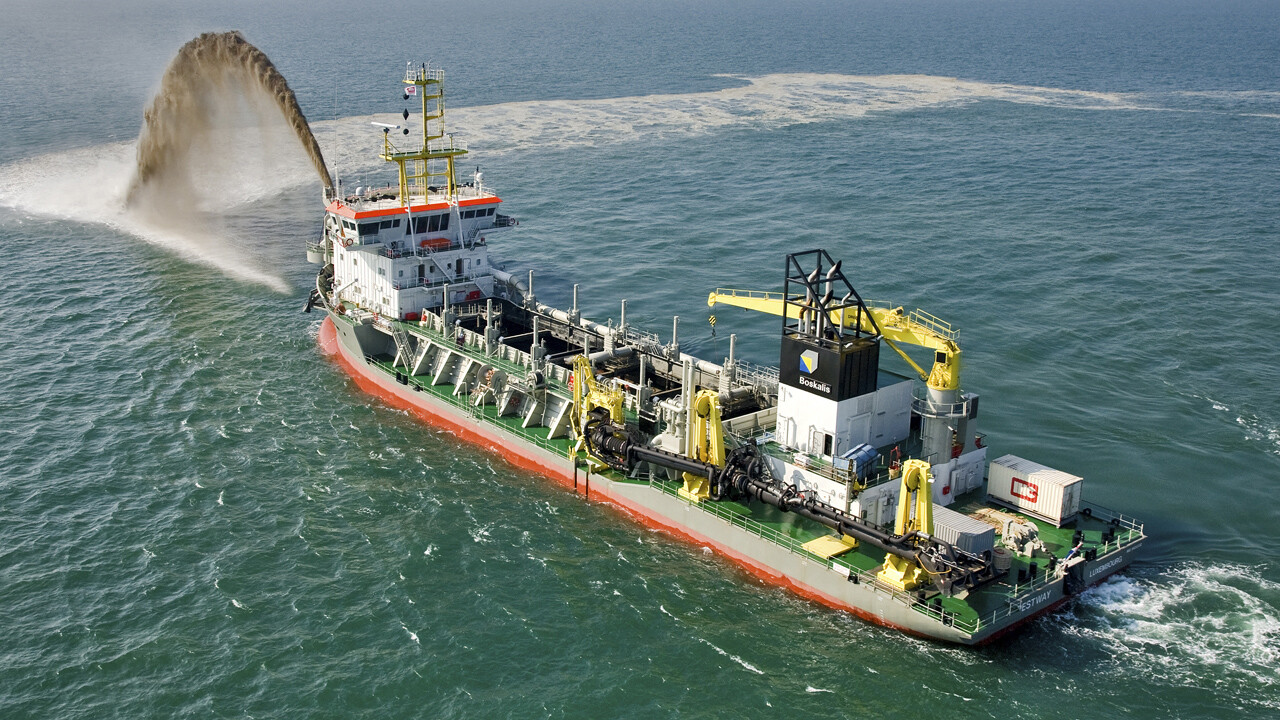Driving Factors Behind the Market Expansion
The global dredging market, valued at USD 16 billion in 2022, is poised for substantial growth over the next several years. Analysts predict a robust compound annual growth rate (CAGR) of 3.8% leading up to 2028, a testament to the sector’s increasing importance in supporting maritime trade and infrastructure development.
Boost from Global Maritime Trade
A significant driver of this growth is the escalating demand for efficient navigation channels and deeper ports. The surge in global maritime trade, fueled by the ongoing processes of globalization, necessitates the expansion and deepening of ports to accommodate larger vessels. As trade volumes continue to rise, the role of dredging in ensuring the accessibility and efficiency of ports becomes increasingly critical.
Urbanization and Infrastructure Development
Parallel to the demands of global trade, urbanization and population growth are pushing the boundaries of existing infrastructure. Cities and countries worldwide are expanding their waterfronts, necessitating new waterways, harbors, and coastal protection measures. These projects rely heavily on dredging to create and maintain the necessary aquatic environments, making it an indispensable tool in urban and coastal development.
Climate Change Adaptation
The impact of climate change, particularly sea level rise, has become a critical catalyst for increased dredging activities. Nations are investing heavily in dredging projects as a defensive measure against the encroaching sea, aiming to protect vulnerable coastal areas. These efforts are crucial for mitigating the adverse effects of climate change on coastal infrastructures and communities.
Technological Advancements
The dredging industry has seen significant technological advancements in recent years. Modern dredging equipment is more efficient, effective, and environmentally friendly. Innovations such as robotic dredging, GPS-guided operations, and real-time monitoring systems enhance the precision and reduce the ecological footprint of dredging activities. These advancements enable dredging companies to tackle more complex projects and meet stricter environmental regulations.
Government Initiatives
A surge in government initiatives aimed at infrastructure development has further propelled the dredging market. Many governments are launching ambitious projects to enhance their maritime infrastructure, which includes the construction of new ports and the expansion of existing ones. These initiatives often come with substantial public investment, underlining the strategic importance of dredging in national economic planning.
Implications for Industry and Environment
The projected growth of the dredging market also underscores the need for advancements in dredging technology and practices. As the scale of dredging operations expands, so does the potential impact on marine ecosystems. This has spurred innovations aimed at making dredging more environmentally sustainable. Techniques that minimize the disruption to seabed habitats and reduce sediment plumes are becoming pivotal in the industry.
Moreover, the growth of the dredging market has implications for related sectors, including marine construction, waste management, and environmental restoration. For instance, the use of dredged material in beach nourishment or land reclamation projects represents a critical area of synergy that benefits both economic development and environmental protection.
Regional Insights and Future Prospects
The growth trends in the dredging market are not uniformly distributed globally. Regions with rapidly developing economies, such as Asia-Pacific and parts of Africa, are expected to see the highest growth rates due to their extensive infrastructural developments and increasing participation in global trade. Conversely, mature markets like North America and Europe continue to focus on maintenance dredging and environmental restoration projects.
Looking forward, the dredging industry is set to play a pivotal role in the global response to climate change, particularly in the construction of facilities that combat rising sea levels and coastal erosion. As the market grows, the integration of new technologies and sustainable practices will be crucial in balancing development needs with environmental stewardship.
In conclusion, the global dredging market’s growth through 2028 reflects broader economic and environmental trends. As the world becomes more interconnected and coastal populations continue to swell, the demand for dredging services is expected to rise, marking a period of dynamic growth and innovation in the industry.
